Background
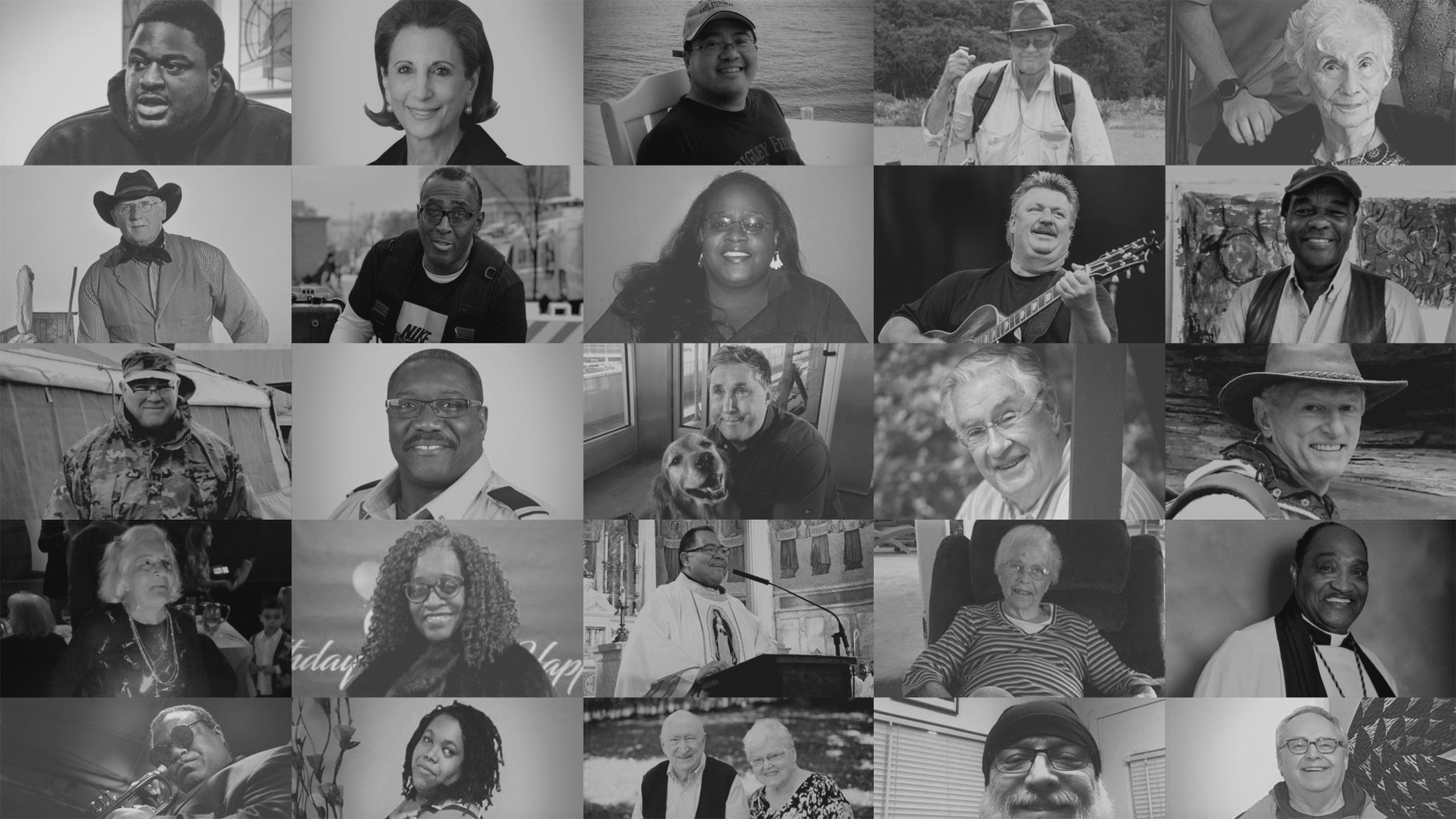
Source: NBC News
Victims of COVID
There have been many cases of COVID-19 in US, but have all racial groups equally suffered from this new virus? Researchers have already studied the racial inequity in COVID-19 by using big data.
High Infection Rate in White-dominant Cities
The Atlantic launched a voluntary project, The COVID Tracking Project, and has collected data on COVID-19 testing and patient outcomes from 50 states, and analyzed racial inequity. One of the findings through this project is that high infection rate is seen more in the White-dominant cities.
High Death Rate in Black-dominant Cities
On the other hands, it also found that the high death rate is seen more in the Black-dominant cities.
Death from COVID and Social Vulnerability
This relatively low infection and high death rate in the Black communities lead to our assumption that social vulnerability is one of the major reasons why they have tended to be the victims.
SVI+
Centers for Disease Control and Prevention (CDC) provides Social vulnerability index (SVI) in order to help local officials to identify difficulties of communities. SVI is composed of widely ranged criteria such as socioeconomic status, disability, and transportation ability. However, are these enough to explain the situation that derives from the new virus? We suppose that physical accessibility to medical facilities that can take care of patients of this new virus and information accessibility to gather the relevant information regarding the new virus are related to the death rates other than the existing SVI.
Questions to Visualize
- How do these types of accessibility exist?
- How do they relate to the death rate?
- Do they explain the death rate well compared with SVI?
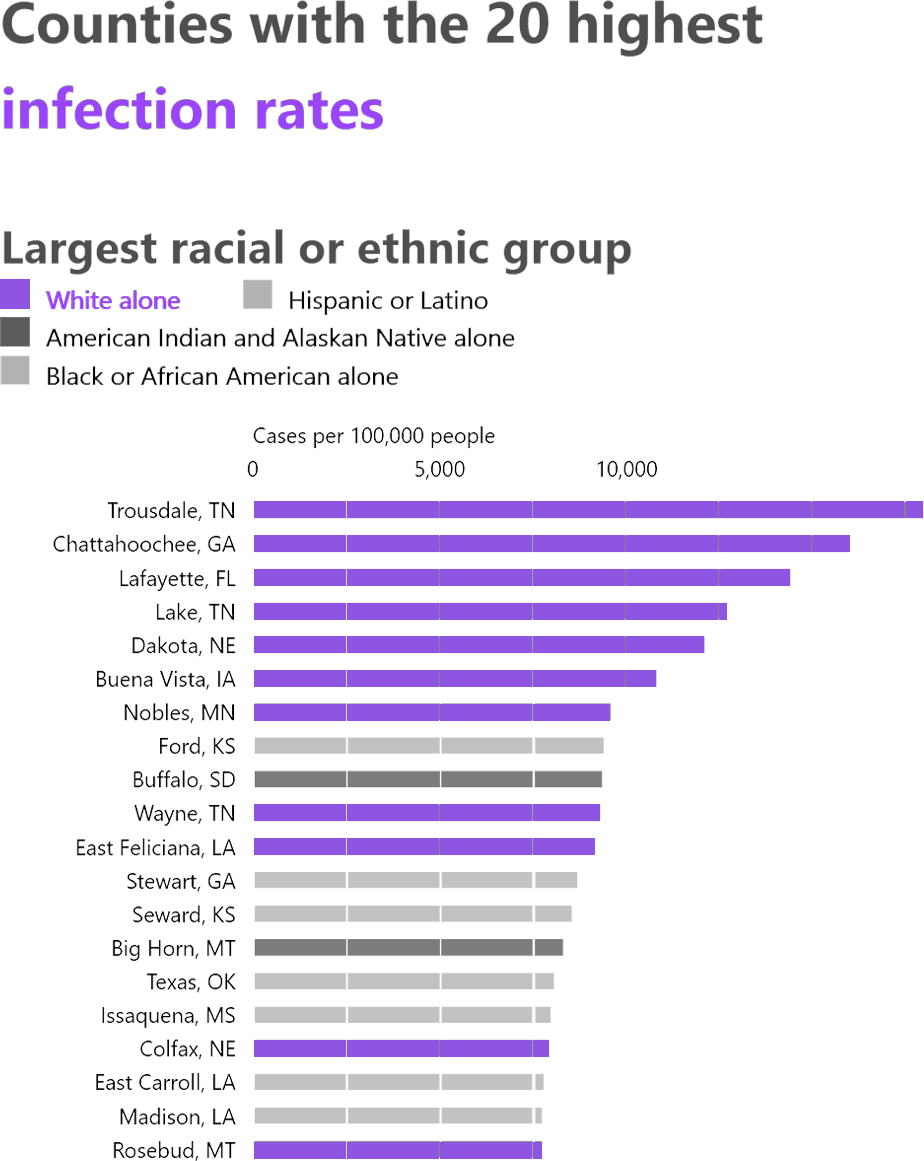
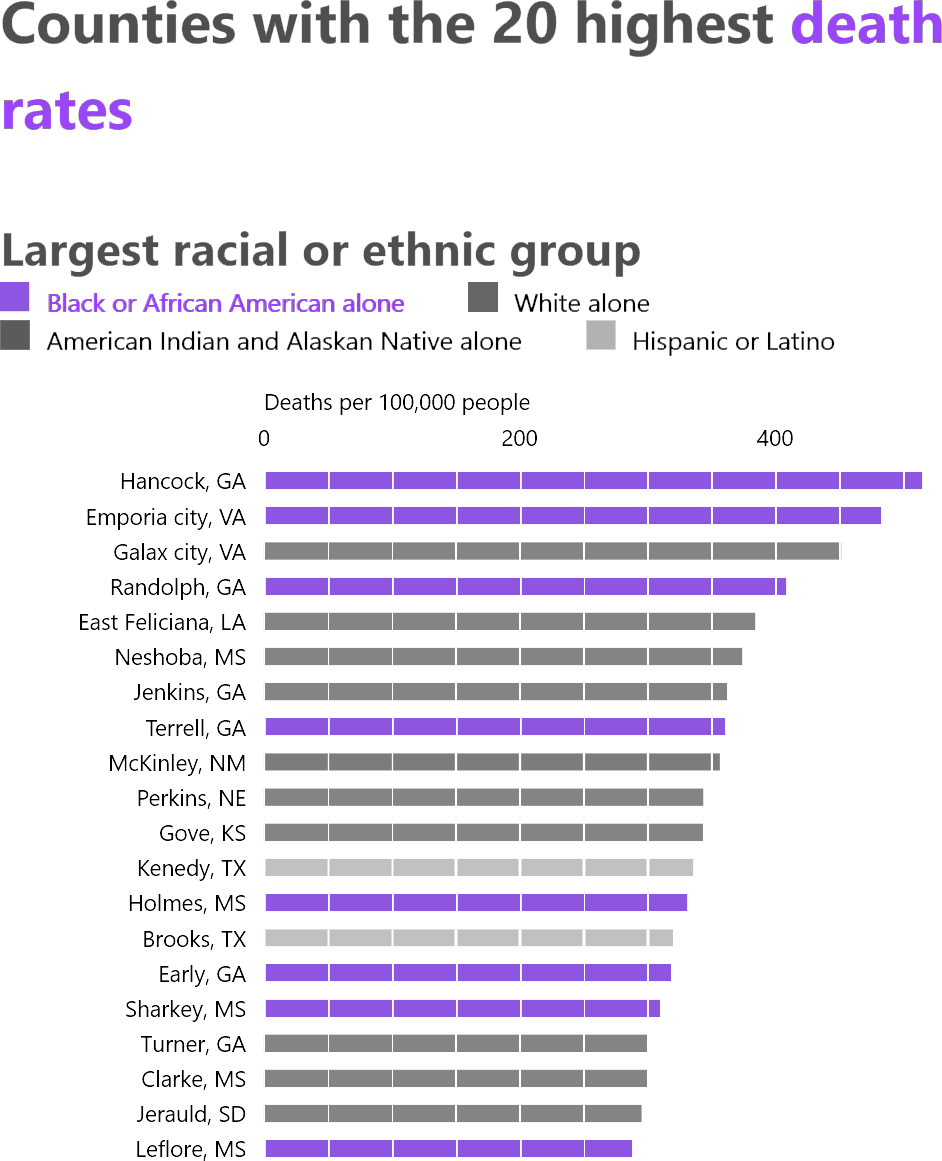
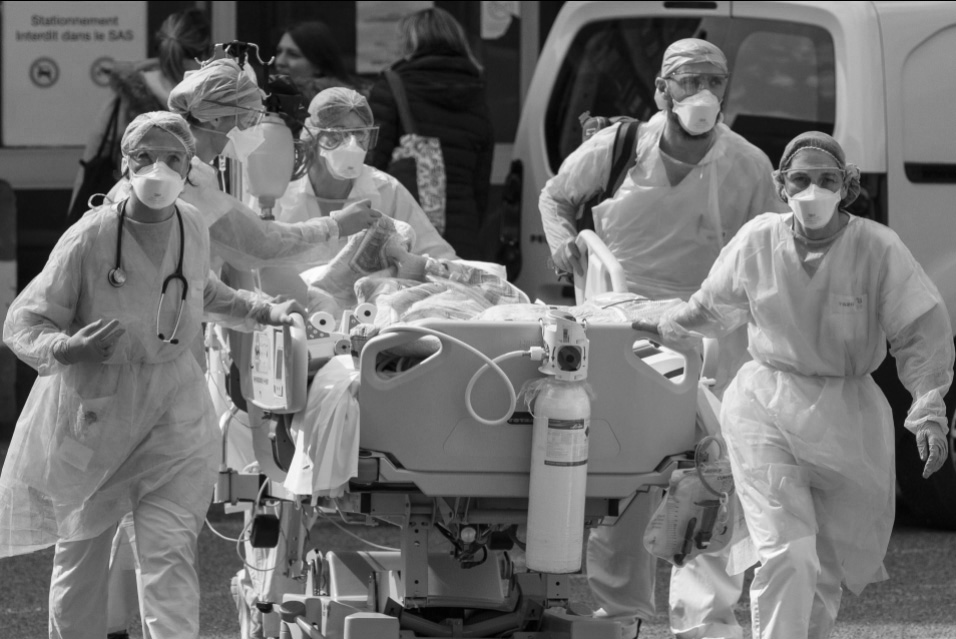
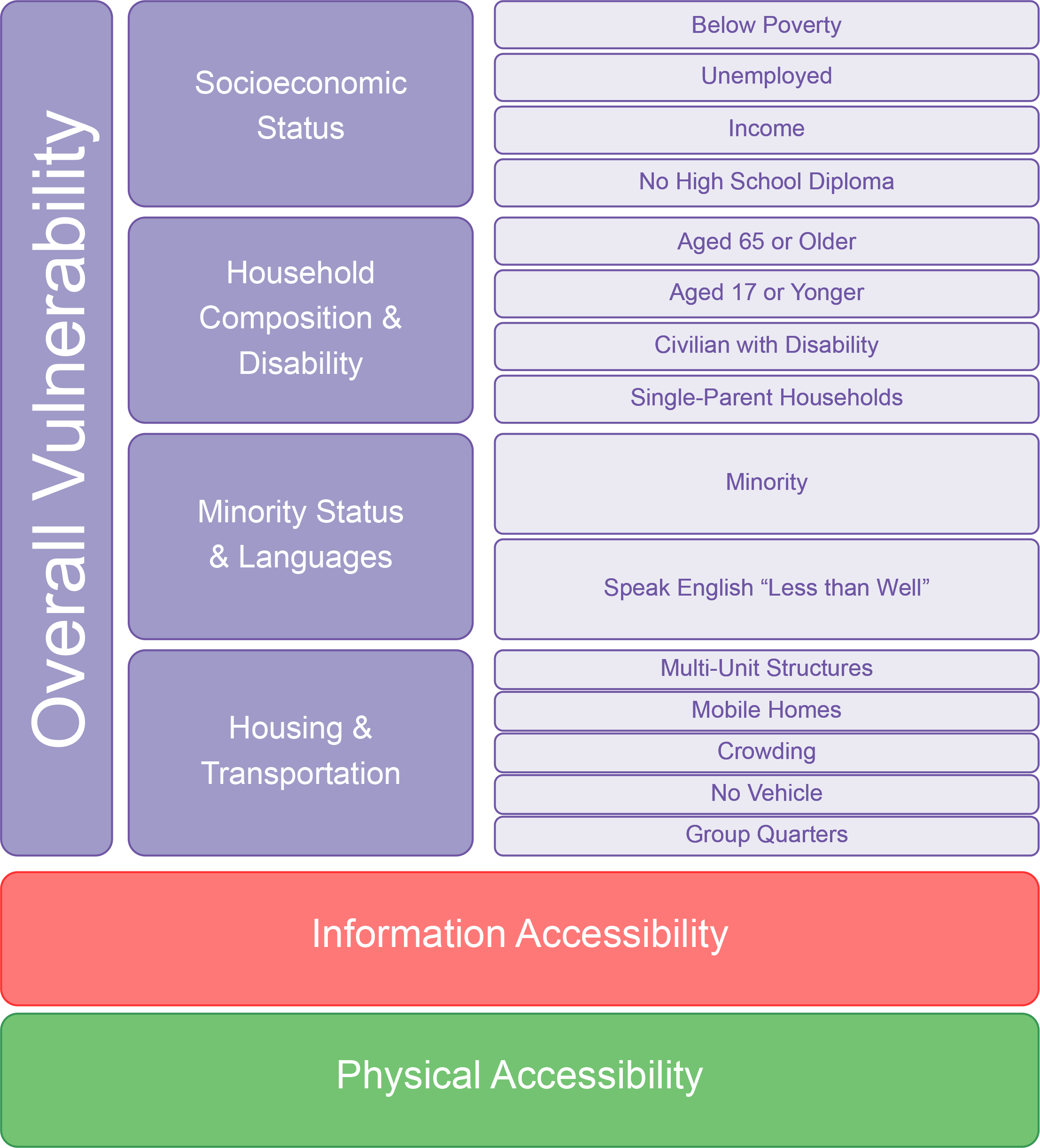
New York City in ZIP-scale
We focus on New York City as a case study, because it has wide variety of data, racial diversity and a number of medical facilities. Depending on the format of the collected data, we will focus on ZIP scale as seen in the left-hand racial dot map made by University of Virginia. This map is a reference to relate the demographical condition with the following research into the accessibility and SVI.